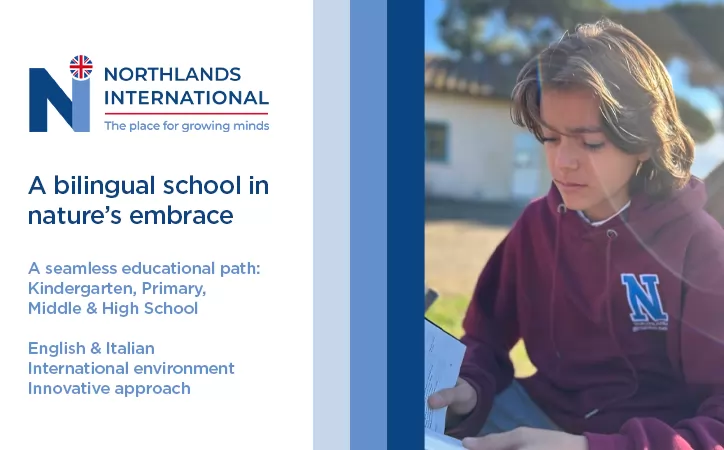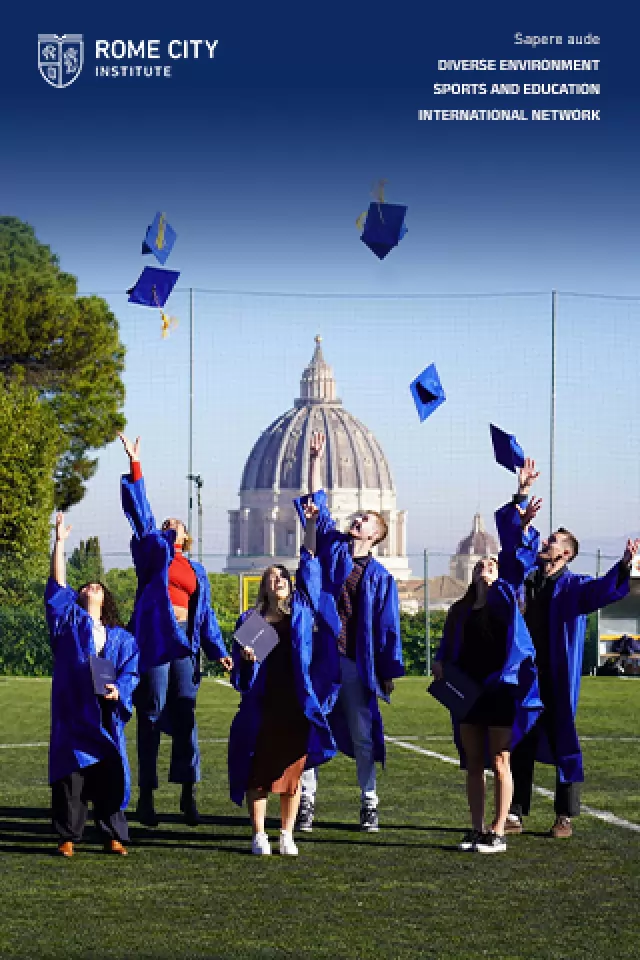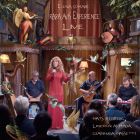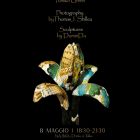Put Lazio on your wine map.
If you look at the wine list in any Italian restaurant of class and this includes those in Rome ten to one youll find an abundance of Veneto and Tuscany wines, some from Fruili, Apulia and Sicily, and maybe the odd Frascati. This is strange, considering that Lazio is central Italys most prolific wine-producing region, with an average production of 2,940,000 hectolitres per year the equivalent of more than half a billion bottles.
The vineyards of Lazio cover some 47,884 hectares. A total of 84 per cent of Lazio wines are white, although producers say that there is no particular reason for this, apart from tradition. The region is quite capable of producing commendable reds, like those of Piglio, near Frosinone, and Co.Pro.Vi.s Velletri DOC, with its characteristic squint-necked bottle. Only 6.5 per cent of Lazio vineyards produce DOC wines (25 per cent of all Lazio wines) from designated DOC areas that include Castelli Romani, Colli Albani, Monte-Compatri-Colonna, Aprilia, Circeo, Montefiascone, Cori, Vignanello, Velletri and Colli della Sabina.
Lazio is also one of the oldest wine-growing regions in Italy, producing wines that were acclaimed in the days of ancient Rome. It maintained this reputation throughout the Middle Ages. Most people are familiar with the delightful 12th-century legend of Montefiascones Est!Est!Est!, where the local bishop allegedly sent his servant on ahead to suss out the best wines in the areas he was due to travel through. The servant was so impressed with one particular wine he sampled in an inn at the village of Montefiascone that he left this jubilant sign on the door. The wine has been known by this strange name complete with exclamation marks ever since. Some centuries later, Pasquino (the statue where the Romans have left their anonymous comments regarding the government since the 16th century) derided Pope Gregory XVIs weakness for Castelli wines. His Holiness wouldnt be able to get into paradise, wrote Pasquino, because he had mixed up the keys to heaven with those of the wine cellar.
Why is it, then, that Lazio wines have been so slow to make their mark on the international marketplace? The main problem has been that, until recently, the wines were prone to oxidation, so they didnt travel well and had a short shelf life. Until the middle of last century, the bulk of Castelli wine was sold unbottled and delivered directly to Romes osterie. Few Lazio wines ever went abroad, except for a cheap plonk, which went under the collective name of Frascati and was largely responsible for giving the noble Frascati a bad name in the 1960s and 1970s.
There are other reasons, which are bound up in the folklore traditions of the region, according to Rita Serafini, an appointed wine-taster and lecturer with the Association de la Sommellerie Internationale (AIS). The name of Marino, she says, is inevitably linked to the image of wine pouring out of the fountains at the famous annual wine harvest festival in October the 80th edition was celebrated recently. This is a negative image. It gives an impression that the wine is worthless and can be thrown away, adds Serafini.
However, over the last 20 years or so, things have gradually been changing, thanks in part to the efforts of pioneering vineyards like the prestigious Colle Picchioni, developed by the enterprising Paola Di Mauro. Di Mauro was one of the first producers to tackle export markets seriously and show Lazios real potential. Since then, a whole new generation of young winegrowers has emerged, determined to improve the quality of Lazio wines.
Many of these winegrowers are concentrating on producing organic wines, and there is also a renewed interest in recovering traditional, indigenous Italian grapes such as Malvasia del Lazio, Bellone, Bombino, Bombino Pecorino, Passerina, Grechetto, Romanesco and Cacchione. Seven years ago, Castel de Paolis (Grottaferrata) started cultivating native grapes, along with international varieties. The result is a new Frascati DOC. Shortly, Cantina San Tommaso, a co-operative with 310 members at Genzano, will also begin to produce quality reds and whites from native grapes replanted in 1999/2000.
This move has been encouraged by experts such as master of wine Janis Robinson, who writes about wine for the Financial Times. Speaking at a seminar held this spring at the prestigious International Wine Academy near the Spanish Steps in Rome, she said: While other countries seem submerged in an ocean of barrel-fermented Chardonnay, Italy can offer us wine drinkers so much more variety and flavour. In terms of wine, Italys greatest strength by far is its rich heritage of indigenous grape varieties. This is pure gold dust.
A Lazio Strada del Vino, through some of the main vineyards of the region, has been in the pipeline for several years. Finally, with the support of the regional government, this project now seems set to become a reality. Italy has 70 wine routes that attract increasing numbers of wine tourists.
To add to the charms of tasting and imbibing, many vineyards are situated in places of historic interest. The Casale Cento Corvi at Cerveteri stands on the ancient road that linked the Etruscan port of Pyrgi (S. Severa) with the ancient Caere (Cerveteri) an area praised by Virgil for its wine. The Tenuta di Pietra Porzia near Frascati claims its vineyards are planted on the site of the mythical battle of Lake Regillo, which the Romans won with the help of the twin gods, the Dioscuri, and has the ruins of a temple to prove it. Castel de Paolis was one of the most important mediaeval fortresses controlling the Roman campagna and was built on the ruins of a Roman villa.
Contrary to some other Italian regions, which have experienced a drop in sales in recent years, Lazio is beginning to find new markets, particularly in the region itself. There is even talk of developing some super-Laziali in an attempt to emulate the super-Toscani wines.
International Wine Academy, Vicolo del Bottino 8, Tel. 066990878, www.wineacademyroma.com.


















